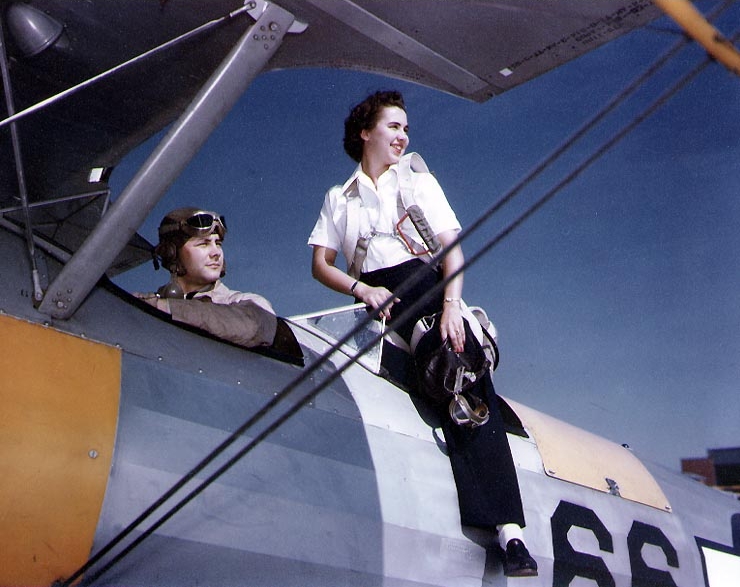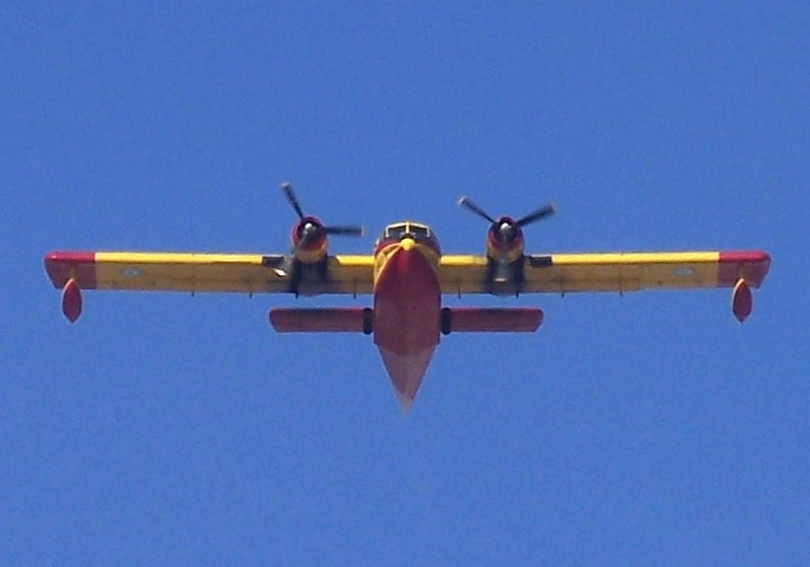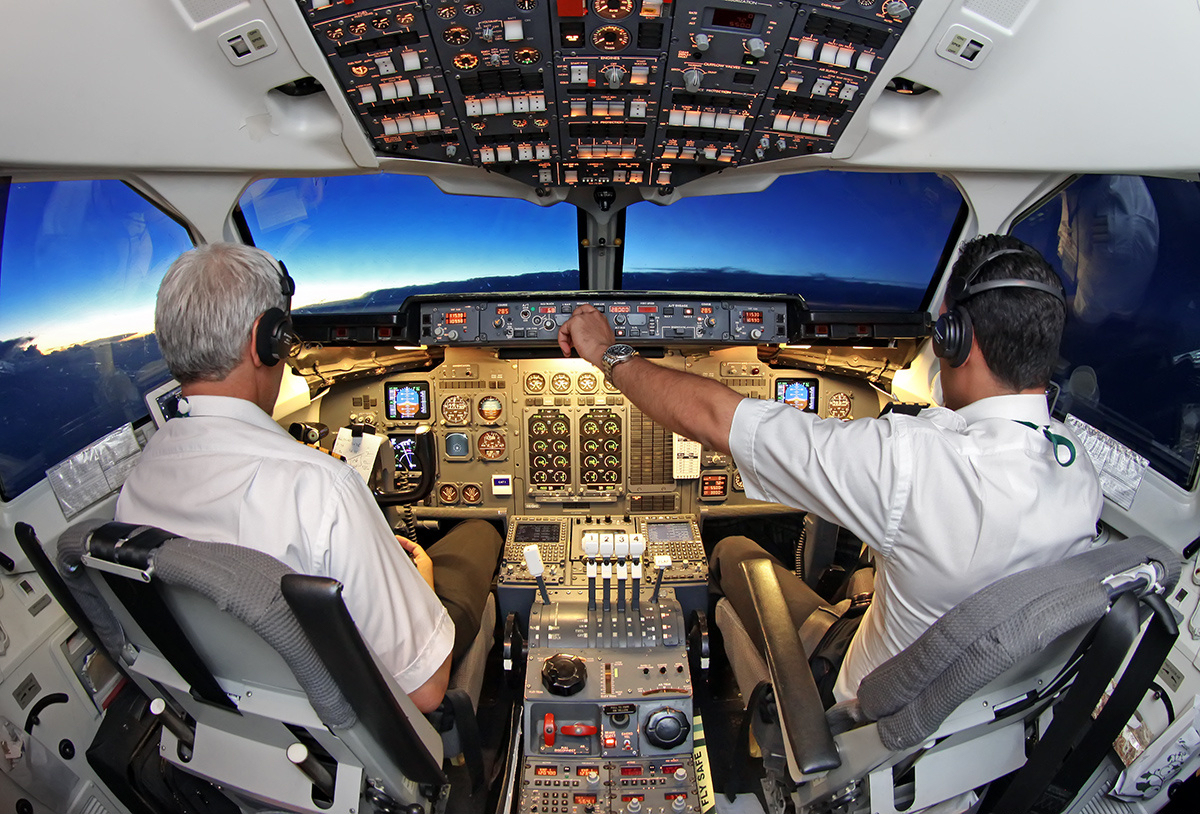|
Conair Group
Conair Group Inc. of Abbotsford, British Columbia, Canada, formerly known as Conair Aviation, is a company specializing in retrofitting firefighting aircraft, maintaining customer and company-owned aircraft and aerial firefighting. Conair currently employs over 250 staff and has a fleet of aircraft that are broken down into two categories; air attack (a.k.a. bird dog), and airtankers (a.k.a. waterbombers). Conair specializes in fire management support by providing services and products to forest protection agencies around the world. In 1996 Conair became a Canadian Air Tractor dealer for the AT-802F air tanker. A former Conair Group division; Cascade Aerospace was acquired by the IMP Group of Halifax, Nova Scotia in 2012. History The company was started by a consortium led by Les Kerr consisting of: Leslie George "Les" Kerr, K. Barry Marsden, Herman Joseph "Slim" Knights, Ronald "Ron" F. Connelly of Whitehorse, Yukon, and John De Voin (a silent partner). Les Kerr had worked ... [...More Info...] [...Related Items...] OR: [Wikipedia] [Google] [Baidu] |
Abbotsford International Airport
Abbotsford International Airport is located in Abbotsford, British Columbia, Canada, southwest of the city centre. It is the second largest airport in the Lower Mainland region of British Columbia, after Vancouver International Airport (YVR), and is in close proximity to British Columbia Highway 1, and the US border. It is located about from downtown Vancouver. YXX offers daily domestic scheduled services and seasonal international scheduled services. The airport is equipped with a CAT 1 instrument landing system, on-site aircraft rescue and firefighting, and a fully serviced air terminal building with customs and passenger screening. It is classified as an airport of entry by Nav Canada and is staffed by the Canada Border Services Agency (CBSA) for all scheduled international arrivals. CBSA also provides clearance services to all general aviation aircraft with no more than 15 passengers. Abbotsford Airport has a longstanding general aviation community and an established aero ... [...More Info...] [...Related Items...] OR: [Wikipedia] [Google] [Baidu] |
Boeing-Stearman Model 75
The Stearman (Boeing) Model 75 is a biplane formerly used as a military trainer aircraft, of which at least 10,626 were built in the United States during the 1930s and 1940s. Stearman Aircraft became a subsidiary of Boeing in 1934. Widely known as the Stearman, Boeing Stearman, or Kaydet, it served as a primary trainer for the United States Army Air Forces, the United States Navy (as the NS and N2S), and with the Royal Canadian Air Force as the Kaydet throughout World War II. After the conflict was over, thousands of surplus aircraft were sold on the civilian market. In the immediate postwar years, they became popular as crop dusters and sports planes, and for aerobatic and wing walking use in air shows. Design and development The Kaydet was a conventional biplane of rugged construction, with a large, fixed tailwheel undercarriage, and accommodation for the student and instructor in open cockpits in tandem. The radial engine was usually not cowled, although some Ste ... [...More Info...] [...Related Items...] OR: [Wikipedia] [Google] [Baidu] |
SAS Group
SAS AB (Scandinavian Airlines System Aktiebolag), trading as SAS Group, is an airline holding company headquartered in the SAS Frösundavik Office Building in Solna Municipality, Sweden. It is the owner of the airlines Scandinavian Airlines and Scandinavian Airlines Ireland. SAS once owned 19.9% of the now defunct Spanish airline Spanair as well as shares in Estonian Air and Skyways Express. SAS Group is partially owned by the governments of Sweden and Denmark with a 14.82% and 14.24% holding, respectively. The remaining 70.92% is held by private shareholders, of which Foundation Asset Management owns 6.50%. The company is listed on the Oslo Stock Exchange, the Stockholm Stock Exchange, and the Copenhagen Stock Exchange. The conglomerate was founded in 1951 as a merger between the three Scandinavian flag carriers Aerotransport (ABA—Sweden), Det Danske Luftfartselskab (DDL—Denmark), and Det Norske Luftfartselskap (DNL—Norway), after the three had been cooperating o ... [...More Info...] [...Related Items...] OR: [Wikipedia] [Google] [Baidu] |
Lockheed L-188 Electra
The Lockheed L-188 Electra is an American turboprop airliner built by Lockheed. First flown in 1957, it was the first large turboprop airliner built in the United States. Initial sales were good, but after two fatal crashes that led to expensive modifications to fix a design defect, no more were ordered. With its unique high power-to-weight ratio, huge propellers and very short wings (resulting in the majority of the wingspan being enveloped in propwash), large Fowler flaps which significantly increased effective wing area when extended, and four-engined design, the airplane had airfield performance capabilities unmatched by many jet transport aircraft even today—particularly on short runways and high field elevations. Jet airliners soon supplanted turboprops for many purposes, and many Electras were modified as freighters. Some Electras are still being used in various roles into the 21st century. The airframe was also used as the basis for the Lockheed P-3 Orion maritime patro ... [...More Info...] [...Related Items...] OR: [Wikipedia] [Google] [Baidu] |
De Havilland Canada Dash 8
The De Havilland Canada DHC-8, commonly known as the Dash 8, is a series of turboprop-powered regional airliners, introduced by de Havilland Canada (DHC) in 1984. DHC was later bought by Boeing in 1988, then by Bombardier in 1992; then by Longview Aviation Capital in 2019, reviving the De Havilland Canada brand. Powered by two Pratt & Whitney Canada PW100s, it was developed from the Dash 7 with improved cruise performance and lower operational costs, but without STOL performance. Three sizes were offered: initially the 37–40 seat -100 until 2005 and the more powerful -200 from 1995, the stretched 50–56 seats -300 from 1989, both until 2009, and the 68–90 seats -400 from 1999, still in production. The QSeries are post-1997 variants fitted with active noise control systems. Development Initial development In the 1970s, de Havilland Canada had invested heavily in its Dash 7 project, concentrating on STOL and short-field performance, the company's traditional ... [...More Info...] [...Related Items...] OR: [Wikipedia] [Google] [Baidu] |
Convair CV-240 Family
The Convair CV-240 is an American airliner that Convair manufactured from 1947 to 1954, initially as a possible replacement for the ubiquitous Douglas DC-3. Featuring a more modern design with cabin pressurization, the 240 series made some inroads as a commercial airliner, and had a long development cycle that produced various civil and military variants. Though reduced in numbers by attrition, various forms of the "Convairliners" continue to fly in the 21st century. Design and development The design began with a requirement by American Airlines for an airliner to replace its Douglas DC-3s. Convair's original design, the unpressurised Model 110, was a twin-engine, low-wing monoplane of all-metal construction, with 30 seats. It was powered by Pratt & Whitney R-2800 Double Wasp radial engines. It had a tricycle landing gear, and a ventral airstair for passenger boarding. The prototype Model 110, registration NX90653, first flew on July 8, 1946. By this time, American Airlines ha ... [...More Info...] [...Related Items...] OR: [Wikipedia] [Google] [Baidu] |
Cessna CitationJet/M2
The Cessna CitationJet/CJ/M2 (also known as the Model 525) are a series of light business jets built by Cessna, and are part of the Citation family. Launched in October 1989, the first flight of the Model 525 was on April 29, 1991. Federal Aviation Administration (FAA) certification was awarded on October 16, 1992, and the first aircraft was delivered on March 30, 1993. The CJ series are powered by two Williams FJ44 engines; the design uses the Citation II's forward fuselage with a new carry-through section wing and a T-tail. The original CitationJet model has been updated into the CJ1/CJ1+/M2 variants; additionally, the CJ1 was stretched into the CJ2/CJ2+ which was built between 2000 and 2016. The design was then further developed into the CJ3/CJ3+, built from December 2004 to present, and finally into the CJ4 which has been built since 2010. By June 2017, 2,000 of all variants had been delivered. Development Development of the CitationJet was prompted by the 1985 disco ... [...More Info...] [...Related Items...] OR: [Wikipedia] [Google] [Baidu] |
Cessna 208 Caravan
The Cessna 208 Caravan is a utility aircraft produced by Cessna. The project was commenced on November 20, 1981, and the prototype first flew on December 9, 1982. The production model was certified by the FAA in October 1984 and its Cargomaster freighter variant was developed for FedEx. The longer 208B Super Cargomaster first flew in 1986 and was developed into the passenger 208B Grand Caravan. The strutted, high wing 208 typically seats nine passengers in its unpressurized cabin, is powered by a single Pratt & Whitney Canada PT6A tractor turboprop and has a fixed tricycle landing gear, floats, or skis. As of November 2017, 2,600 had been delivered and 20 million flight hours logged. Caravans have been used for flight training, commuter airlines, VIP transport, air cargo, and humanitarian missions. Development On November 20, 1981, the project was given a go-ahead by Cessna for its Pawnee engineering facility. John Berwick, chief engineer at Pawnee, concei ... [...More Info...] [...Related Items...] OR: [Wikipedia] [Google] [Baidu] |
Canadair CL-215
The Canadair CL-215 (Scooper) is the first model in a series of flying boat amphibious aircraft designed and built by Canadian aircraft manufacturer Canadair, and later produced by Bombardier. It is one of only a handful of large amphibious aircraft to have been produced in large numbers during the post-war era, and the first to be developed from the onset as a water bomber. The CL-215 is a twin-engine, high-wing aircraft, that was designed during the 1960s. From an early stage, it was developed to perform aerial firefighting operations as a water bomber; to operate well in such a capacity, it can be flown at relatively low speeds and in high gust-loading environments, as are typically found over forest fires. It can also be used for other missions types, including passenger services, freight transport, and air-sea search and rescue operations. On 23 October 1967, the first prototype performed its maiden flight, and the first production aircraft was handed over during June 19 ... [...More Info...] [...Related Items...] OR: [Wikipedia] [Google] [Baidu] |
British Aerospace 146
The British Aerospace 146 (also BAe 146) is a short-haul and regional airliner that was manufactured in the United Kingdom by British Aerospace, later part of BAE Systems. Production ran from 1983 until 2001. Manufacture by Avro International Aerospace of an improved version known as the Avro RJ began in 1992. A further-improved version with new engines, the Avro RJX, was announced in 1997, but only two prototypes and one production aircraft were built before production ceased in 2001. With 387 aircraft produced, the Avro RJ/BAe 146 is the most successful British civil jet airliner programme. The BAe 146/Avro RJ is a high-wing cantilever monoplane with a T-tail. It has four geared turbofan engines mounted on pylons underneath the wings, and has a retractable tricycle landing gear. The aircraft operates very quietly, and as such has been marketed under the name Whisperjet. It sees wide usage at small, city-based airports such as London City Airport. In its primary role, ... [...More Info...] [...Related Items...] OR: [Wikipedia] [Google] [Baidu] |
Aero Commander 500 Family
The Aero Commander 500 family is a series of light-twin piston-engined and turboprop aircraft originally built by the Aero Design and Engineering Company in the late 1940s, renamed the Aero Commander company in 1950, and a division of Rockwell International from 1965. The initial production version was the 200-mph, seven-seat Aero Commander 520. An improved version, the 500S, manufactured after 1967, is known as the Shrike Commander. Larger variants are known by numerous model names and designations, ranging up to the 330-mph, 11-seat Model 695B/Jetprop 1000B turboprop. Design and development The idea for the Commander light business twin was conceived by Ted Smith, a project engineer at the Douglas Aircraft Company. Working part-time after hours throughout 1944, a group of A-20 engineers formed the Aero Design and Engineering Company to design and build the proposed aircraft with a layout similar to their A-20 bomber. Originally, the new company was going to build three p ... [...More Info...] [...Related Items...] OR: [Wikipedia] [Google] [Baidu] |
Transport Canada
Transport Canada (french: Transports Canada) is the department within the Government of Canada responsible for developing regulations, policies and services of road, rail, marine and air transportation in Canada. It is part of the Transportation, Infrastructure and Communities (TIC) portfolio. The current Minister of Transport is Omar Alghabra. Transport Canada is headquartered in Ottawa, Ontario. History The Department of Transport was created in 1935 by the government of William Lyon Mackenzie King in recognition of the changing transportation environment in Canada at the time. It merged three departments: the former Department of Railways and Canals, the Department of Marine, and the Civil Aviation Branch of the Department of National Defence (c. 1927 when it replaced the Air Board) under C. D. Howe, who would use the portfolio to rationalize the governance and provision of all forms of transportation (air, water and land). He created a National Harbours Board and ... [...More Info...] [...Related Items...] OR: [Wikipedia] [Google] [Baidu] |

.jpg)





.jpg)
.jpg)



